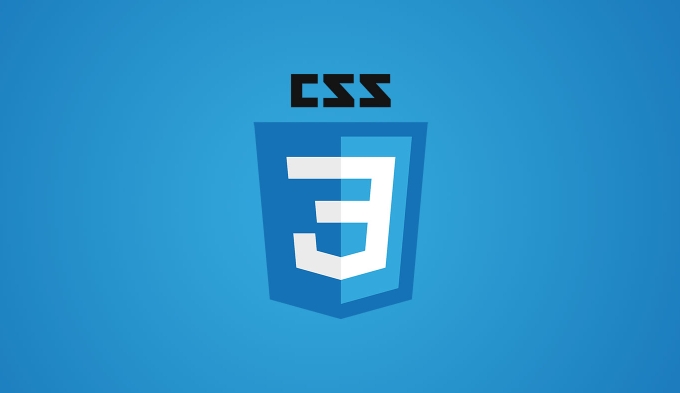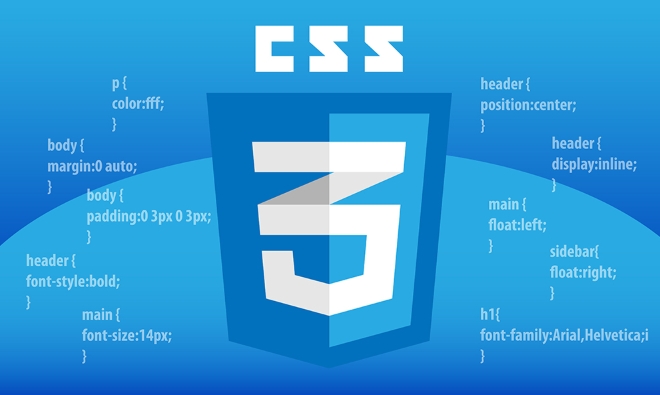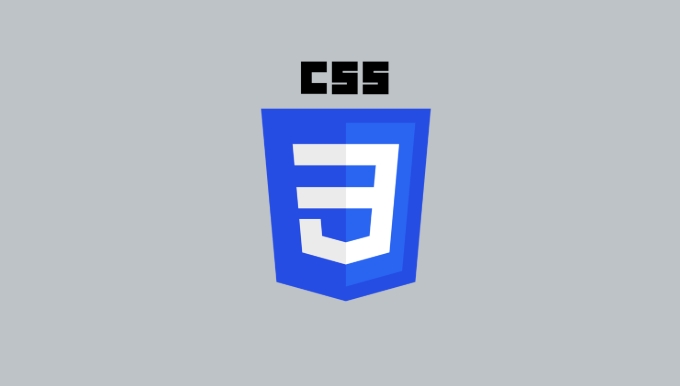What is the difference between `id` and `class` selectors?
Jul 24, 2025 am 03:56 AMThe role of id and class in CSS is different, and the usage scenarios are also different. 1. Id is a unique identifier, used for style design of a single unique element, such as #main-content; 2. class can be reused and is suitable for multiple elements to apply the same style, such as .button; 3. The selector of id is higher than class, which will affect style overwrite; 4. Use id in HTML to use id, class to use class="name"; 5. Use #name to select id in CSS, and use .name to select id; 6. It is recommended to avoid overuse of id for style design, because it is not easy to cover; 7. Use id and class to use id at the same time; 8. If you need to operate elements through JavaScript, it is more convenient to use id.

When you're styling HTML elements with CSS, two of the most commonly used selectors are id and class . While they both target elements on the page, they serve different purposes and have distinct behaviors.

One Unique ID, Many Reusable Classes
An id is meant to be unique within a page — you should only use one id per element, and that same id shouldn't appear on more than one element. This makes id perfect for styling elements that only appear once, like a header or a main navigation bar.
A class , on the other hand, can be used on multiple elements. That makes it ideal when you want to apply the same style to several different elements. For example, if you have multiple buttons that should look the same, giving them the same class makes your CSS cleaner and more maintained.

Here's a quick comparison:
- Use
idfor one-of-a-kind elements. - Use
classfor repeated styling across multiple elements.
Specific Matters
One key difference that often trips people up is specific . In CSS, when two rules apply to the same element, the one with higher specific wins.

An id selector has higher specificity than a class selector. That means if you have conflicting styles — say, a class sets the text color to blue and an id sets it to red — the id rule will take precedence.
This can be helpful when you want to override general styles for a specific element, but it can also lead to hard-to-debug issues if you're not careful.
HTML and CSS Syntax Differences
The syntax for using id and class is slightly different in both HTML and CSS.
In HTML:
-
idis written asid="header" -
classis written asclass="button"
In CSS:
-
idis selected with a hash:#header { ... } -
classis selected with a dot:.button { ... }
It's a small difference, but it's important to get right. Using the wrong symbol in your CSS will mean your styles don't apply at all.
When to Use Which?
Here are a few practical guidelines:
- Use
idwhen targeting a single, unique element (like#main-contentor#sidebar) - Use
classwhen applying styles to multiple elements (like.highlightor.nav-link) - Avoid overusing
idfor styling — it can make your CSS harder to override later - You can use both
idandclasson the same element if needed
Also, JavaScript often uses id to target specific elements, so if you plan to manipulate an element with JS, using an id might make things easier.
Basically that's it.
The above is the detailed content of What is the difference between `id` and `class` selectors?. For more information, please follow other related articles on the PHP Chinese website!

Hot AI Tools

Undress AI Tool
Undress images for free

Undresser.AI Undress
AI-powered app for creating realistic nude photos

AI Clothes Remover
Online AI tool for removing clothes from photos.

Clothoff.io
AI clothes remover

Video Face Swap
Swap faces in any video effortlessly with our completely free AI face swap tool!

Hot Article

Hot Tools

Notepad++7.3.1
Easy-to-use and free code editor

SublimeText3 Chinese version
Chinese version, very easy to use

Zend Studio 13.0.1
Powerful PHP integrated development environment

Dreamweaver CS6
Visual web development tools

SublimeText3 Mac version
God-level code editing software (SublimeText3)
 How to resize HTML textbox
Feb 20, 2024 am 10:03 AM
How to resize HTML textbox
Feb 20, 2024 am 10:03 AM
Setting the size of HTML text boxes is a very common operation in front-end development. This article explains how to set the size of a text box and provides specific code examples. In HTML, you can use CSS to set the size of a text box. The specific code is as follows: input[type="text"
 What exactly does H5 page production mean?
Apr 06, 2025 am 07:18 AM
What exactly does H5 page production mean?
Apr 06, 2025 am 07:18 AM
H5 page production refers to the creation of cross-platform compatible web pages using technologies such as HTML5, CSS3 and JavaScript. Its core lies in the browser's parsing code, rendering structure, style and interactive functions. Common technologies include animation effects, responsive design, and data interaction. To avoid errors, developers should be debugged; performance optimization and best practices include image format optimization, request reduction and code specifications, etc. to improve loading speed and code quality.
 How to adjust a WordPress theme to avoid misaligned display
Mar 05, 2024 pm 02:03 PM
How to adjust a WordPress theme to avoid misaligned display
Mar 05, 2024 pm 02:03 PM
How to adjust WordPress themes to avoid misaligned display requires specific code examples. As a powerful CMS system, WordPress is loved by many website developers and webmasters. However, when using WordPress to create a website, you often encounter the problem of theme misalignment, which affects the user experience and page beauty. Therefore, it is very important to properly adjust your WordPress theme to avoid misaligned display. This article will introduce how to adjust the theme through specific code examples.
 The process of H5 page production
Apr 06, 2025 am 09:03 AM
The process of H5 page production
Apr 06, 2025 am 09:03 AM
H5 page production process: design: plan page layout, style and content; HTML structure construction: use HTML tags to build a page framework; CSS style writing: use CSS to control the appearance and layout of the page; JavaScript interaction implementation: write code to achieve page animation and interaction; Performance optimization: compress pictures, code and reduce HTTP requests to improve page loading speed.
 In Angular app: How to change icon color by hovering over?
Apr 05, 2025 pm 02:15 PM
In Angular app: How to change icon color by hovering over?
Apr 05, 2025 pm 02:15 PM
In Angular app, how to change the color of the icon when the mouse is hovered over it? Many developers will encounter needs when building applications using Angular...
 Why does a specific div element in the Edge browser not display? How to solve this problem?
Apr 05, 2025 pm 08:21 PM
Why does a specific div element in the Edge browser not display? How to solve this problem?
Apr 05, 2025 pm 08:21 PM
How to solve the display problem caused by user agent style sheets? When using the Edge browser, a div element in the project cannot be displayed. After checking, I posted...
 Dynamic web page elements XPath and Class names change frequently. How to stably crawl the target a tag?
Apr 01, 2025 pm 04:12 PM
Dynamic web page elements XPath and Class names change frequently. How to stably crawl the target a tag?
Apr 01, 2025 pm 04:12 PM
Dynamic web element crawling problem: dealing with XPath and Class name changes, many crawler developers will encounter a difficult problem when crawling dynamic web pages: the goal...
 What is css selector priority
Apr 25, 2024 pm 05:30 PM
What is css selector priority
Apr 25, 2024 pm 05:30 PM
CSS selector priority is determined in the following order: Specificity (ID > Class > Type > Wildcard) Source order (Inline > Internal style sheet > External style sheet > User agent style sheet) Declaration order (latest declarations take precedence) Importance (!important forces the priority to increase)






